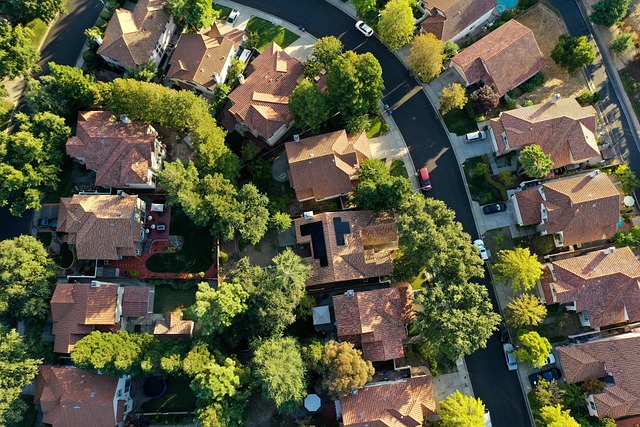Driving Towards Sustainable Communities: The Role of Transport Sustainability and Rural Development in Green Energy
As we stand at the crossroads of environmental challenges and community needs, the concept of sustainable communities has never been more vital. The push for greener practices is not just an environmental issue; it’s about building a future that is equitable, prosperous, and resilient for all. A key element in this transition is the integration of transport sustainability and robust rural development, both of which intersect compellingly to promote green energy.
The Importance of Transport Sustainability
In our quest for sustainable communities, transport sustainability emerges as a cornerstone. The way we move people and goods has a profound impact on our carbon footprint. Traditional transport methods consume large quantities of fossil fuels, contributing significantly to greenhouse gas emissions. On the other hand, sustainable transportation systems prioritize environmentally friendly practices, such as electric vehicles, cycling infrastructure, and public transit options that reduce dependency on individual car journeys.
By investing in sustainable transportation, communities can reduce air pollution, enhance public health, and create a more accessible environment for every resident. Imagine neighborhoods where walking and biking are safe and enjoyable; where electric buses connect rural areas to urban centers seamlessly; where clean energy powers transportation options. These changes foster not just environmental benefits but also stronger social connections by making it easier for people to meet and support one another.
The Role of Rural Development
Meanwhile, rural development plays a crucial role in achieving sustainability on a larger scale. Often overlooked, rural areas hold immense potential for growth and innovation that can contribute significantly to the sustainability agenda. Investing in renewable energy projects, promoting local agriculture, and enhancing rural transport networks can invigorate these communities, leading to job creation and economic resilience.
As rural development integrates with transport sustainability, we start to witness transformative changes. Electric buses transporting residents to job sites and farmers’ markets, solar-powered community centers, and locally sourced produce reducing the need for long-haul freight all illustrate how rural areas can contribute to a broader climate solution. These initiatives reduce carbon emissions while simultaneously building a stronger sense of community, ensuring that essential services are within reach for rural populations.
Bridging the Gap Towards Green Energy
Connecting the dots between transport sustainability and rural development leads us directly to green energy solutions that support resilient and sustainable communities. In many instances, rural areas serve as the epicenter for renewable energy generation, harnessing wind, solar, and biomass energy that can be utilized locally and exported to urban centers. By streamlining transport methods to support these energy solutions, we strengthen the foundation upon which sustainable communities can thrive.
Moreover, public awareness and engagement are vital. As consumers become more conscious of their impact on the environment, supporting initiatives that promote sustainable transport and rural development will lead to substantial changes in spending and lifestyle choices. Collaborative projects, community events, and educational campaigns can empower individuals to take an active role in the transition toward sustainable structures.
Ultimately, driving towards sustainable communities is about envisioning a future where both urban and rural areas coexist harmoniously, sharing resources and supporting one another. It’s about leveraging transport sustainability to empower rural development, and working together to harness the potential of green energy. As we embrace these opportunities, each of us can contribute to the creation of a sustainable, vibrant, and equitable world for generations to come.




